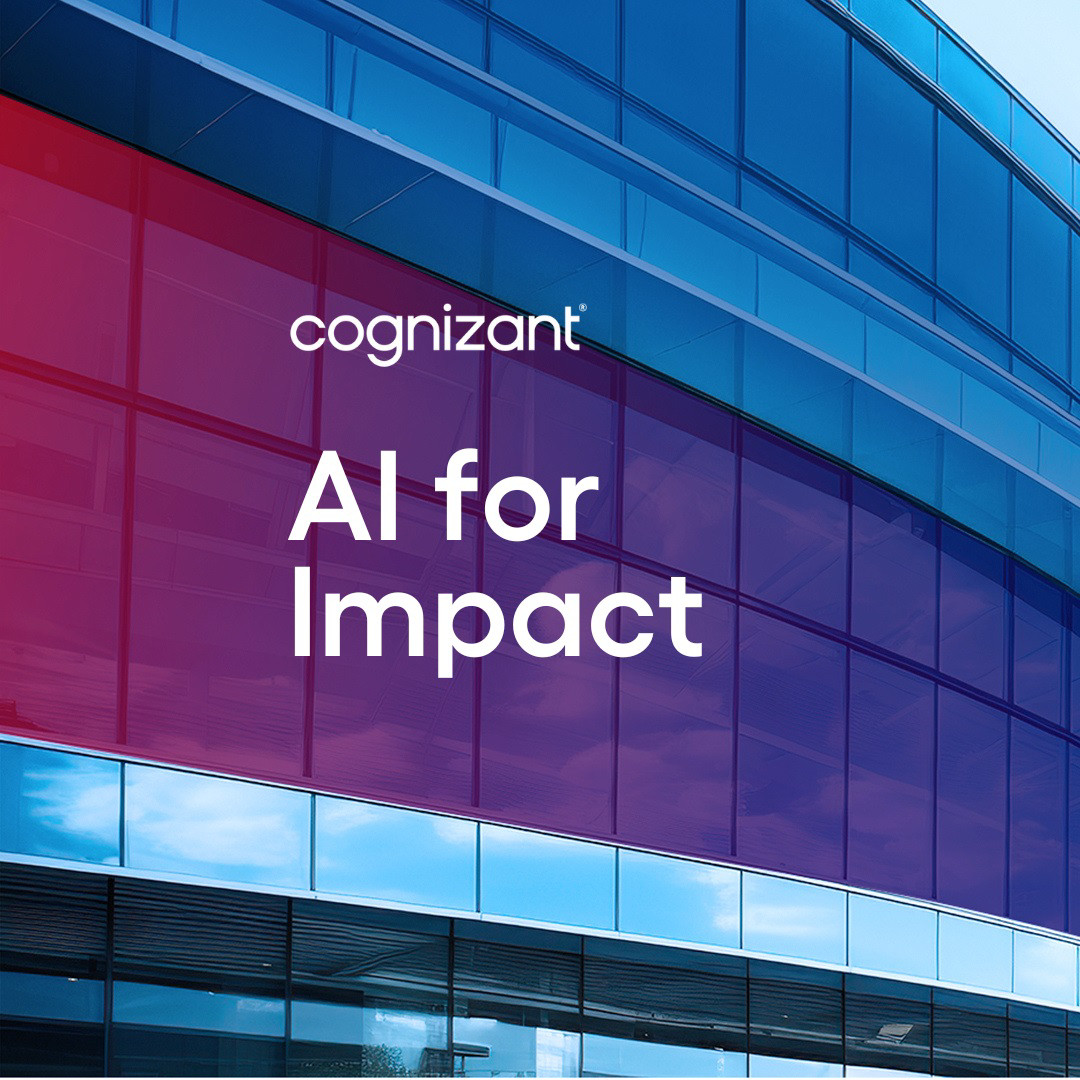There’s no doubt that agentic AI holds out transformational potential for the MedTech industry. It could drive innovation, accelerate R&D, increase safety and effectiveness, and deliver breakthrough efficiencies.
But at the same time, adopting this technology is far from straightforward. Some of the big barriers? Risk mitigation, regulatory compliance, talent shortages and data quality issues.
For now, pharma leads the way
This latest application for Gen AI undoubtedly has a vital role to play in MedTech. But, at least in the short term, the way forward looks less straightforward than it has been for companies in the pharma sector.
Across the life sciences industry, pharma has led the way in agentic AI. With traditional workflows and static automation no longer able to keep pace with customer expectations, rising costs and the need for real-time agility, companies in this sector are using the technology to enable seamless communication between drug development and manufacturing functions, power decision-making and support execution at scale.
They’re also using it as part of their broader digital transformations to integrate disparate systems and databases with unprecedented speed and efficiency.
Agentic AI defined
Whereas AI models generate predictions based on inputs, AI agents ‘do things’, acting autonomously to adapt and solve problems. Capable of understanding context and learning from data, they can carry out tasks like analysing patient data, recommending personalised treatments, streamlining administrative workflows, and accelerating R&D. Because it replicates human reasoning and planning, the technology is especially useful for tasks involving multi-step decisions and requiring real-time adaptation.
Exciting applications in prospect
MedTech companies should keep a close watch on developments in agentic AI. We know that more than 90% of decision-makers in these organisations are enthusiastic about the potential of AI more generally, with 82% believing it will make their devices safer and 90% saying it will increase their accuracy.
Agentic AI could help them achieve even more, with applications across the product development lifecycle. A few examples include:
- Accelerated R&D: Analysing vast datasets of medical research and patient data to identify promising patterns and connections, leading to faster breakthroughs and more effective treatments.
- Clinical trials: Helping researchers to identify qualifying patients for clinical trials, monitoring participants for positive or adverse effects, and compiling and reviewing huge volumes of trial data.
- Supply chain optimisation: Fine-tuning inventory management and monitoring real-time data to provide early warnings of potential bottlenecks or disruptions; autonomously adjusting production schedules, rerouting shipments and/or proactively ordering supplies.
- Workflow automation: Automation and acceleration of commercial tasks like creating marketing content; streamlining medical/legal/regulatory processes; augmenting sales and marketing teams by identifying/segmenting HCPs based on specialisation, prescribing patterns and engagement with previous campaigns; and augmenting call-centre agents to improve their productivity and effectiveness.
- Personalised healthcare plans: Rapidly analysing patient-specific data – including genetic profiles, medical records, and live health data – to recommend targeted therapies and treatment plans.
- Transformed patient care: Continuously monitoring patients with chronic conditions via wearable devices, alerting them (and their health providers) to potential risks, and adjusting delivery of medications as needed via autonomous devices.
Agentic AI also has potential applications within medical devices themselves. For example, surgical robots powered by Agentic AI can collaborate with human surgeons, learn from previous procedures and optimize techniques.
These are just some of the benefits in prospect. But, for now, MedTech companies are constrained by the challenges they face – some of them, like regulation, specific to the sector.
Regulatory challenges for Medtech
The regulatory landscape is complex and changing fast. One example? Rules introduced by the EU AI Act, targeting ‘high risk’ AI systems, which have a direct impact on MedTech devices, products and services.
Diagnostic tools, surgical robotics, and personalised treatment plans that rely on AI components are all subject to the Act, especially if they raise risks for health, safety, or fundamental rights.
The utmost need for accuracy and reliability means they will be subject to the highest level of regulatory scrutiny with regard to safety, transparency, and risk management. Nor is this limited to manufacturers. Medical professionals and healthcare institutions are also in scope.
Companies need to keep a close eye on developments in this space. Prohibitions under the Act are being phased in over the next two to three years, with full compliance for high-risk AI systems expected by 2027.
Such far-reaching regulatory oversight might appear daunting at present. But as companies better understand the ramifications for their businesses, it’s likely to become part of business as usual (like the GDPR, for example).
Ensuring humans are kept in the decision-making loop will be a foundational requirement, not just for satisfying the regulators but also for building and sustaining trust in agentic AI-enabled devices.
Identifying technical challenges – learning from pharma’s example
When it comes to some of the other challenges raised by agentic AI in MedTech, there’s much to learn from the experience of pharma companies. While the potential of these AI systems is almost limitless, they do raise technical issues and ethical considerations that need to be identified and addressed early on. Examined in greater detail in our e-book ‘Agentic AI: Transforming the life sciences lifecycle’, some of these broader challenges include:
- Data integration and interoperability: Compliance with data integrity regulations is essential. So is harmonisation of information through standardisation of datasets and APIs that connect disparate systems to agentic AI solutions can access the data they need.
- Accountability and responsibility: When an AI model makes a mistake or causes harm, it can be hard to determine who is responsible – the developer, the user or the model itself. Establishing a clear regulatory and governance framework with clear lines of accountability is imperative.
- Security and privacy concerns: MedTech companies deal with lots of highly sensitive data. Protecting it from unauthorised access is crucial for compliance with regulations like GDPR, and systems should be designed with effective security safeguards in place.
But the MedTech industry also faces some unique technical challenges when it comes to agentic AI, such as:
- Verification and validation (V&V) for adaptive agents: Traditional MedTech software V&V involves extensive pre-market testing, but validating all possible behaviors of an AI agent in a complex environment is infeasible. This implicates the need for simulation-based V&V frameworks, such as a digital twin of the human physiology or of a hospital environment. It also requires continuous validation of post-market pipelines.
- Cybersecurity for autonomous systems: An agentic system making autonomous clinical decisions is an attractive target for attackers, meaning security is paramount. MedTech companies need to have a secure software supply chain, with continuous monitoring for anomalies in agentic behavior.
- Real-time decision making: In many MedTech applications, such as ICU monitoring or robotic surgery, decisions must be made within milliseconds and hardware such as edge devices may become constrained. Agentic AI models, therefore, need to be optimized for low-latency, high-reliability inference, and must support on-device AI for autonomous decisions without relying on cloud latency.
Looking to an agentic AI future
We’re on the brink of a hugely exciting era for MedTech. Imagine a future, for example, when 3D-imaging and agentic AI are routinely used ahead of operations to help surgeons identify precisely where and how medical devices should be inserted for maximum benefit.
Where increasingly sophisticated AI agents usher in truly precision treatments, personalised for maximum effectiveness with minimal side-effects. Or where agentic AI, integrated with other cutting-edge technologies, like quantum computing and advanced robotics, accelerates the pace and innovation of R&D to unprecedented levels.
Despite the regulatory, technical and ethical challenges that have to be addressed, the potential rewards from agentic AI in MedTech are enormous. The time to start exploring the art of the possible? Now.



















